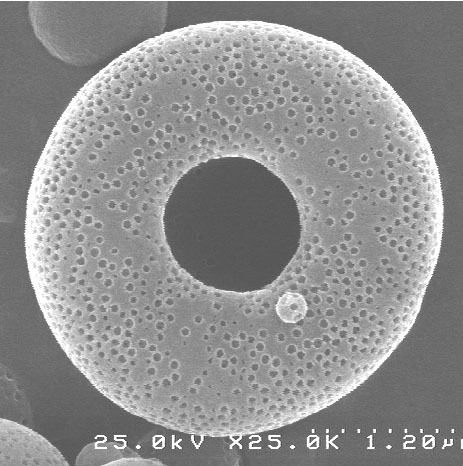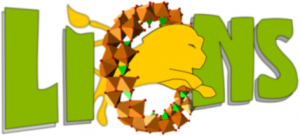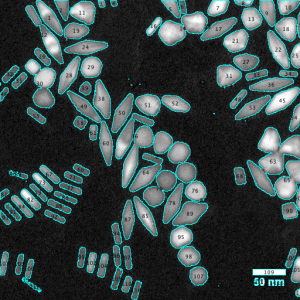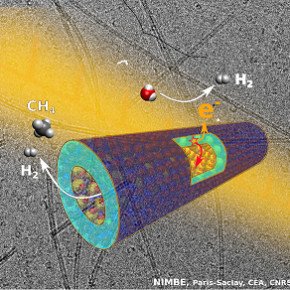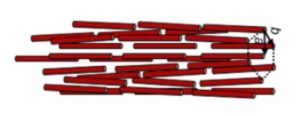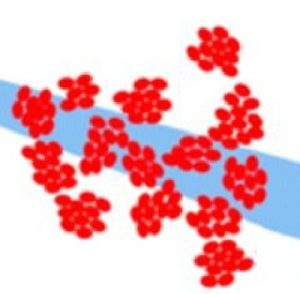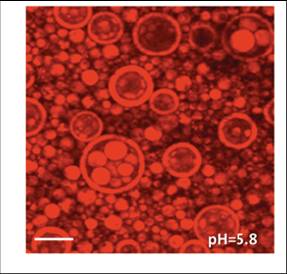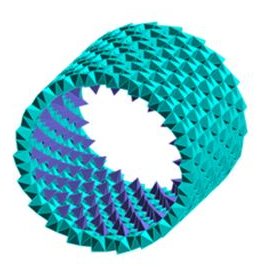Le développement des nanotechnologies s'appuie de plus en plus sur la logique d'assemblage spontané (auto-assemblage) ou non, des briques élémentaires que sont les nanoparticules. On souhaite ainsi mettre à profit les propriétés intrinsèques des nanoparticules comme leurs propriétés plasmoniques, leur grande surface spécifique ou encore leur réactivité et celles de leurs assemblages sous forme de matériaux, de membranes de nanofiltration ou encore de cristaux photoniques. Dans tous les cas une première étape consiste à maitriser la synthèse de ces objets en terme de quantité, de taille et de distribution. Ce contrôle ne peut pas être obtenu uniquement par des méthodes classiques d'essais-erreurs. Les laboratoires de l'IRAMIS développent ainsi une analyse mécanistique des processus de nucléation croissance de ces objets en couplant :
- ) des réacteurs de mélange controlés (microfluidique en phase liquide, pyrolYse laser en phase gaz)
- ) des chimies douces (température ambiante et majoritairement dans l'eau)
- ) des techniques d'analyse in situ (lumière, SAXS, WAXS, XAS, SANS…) et des analyses théoriques classiques et atomistiques, pour étudier le processus de synthèse avec les résolutions nécessaires (spatiale et temporelle)
Des études sur l'impact potentiel des nanoparticules sur l'environnement sont également conduites.
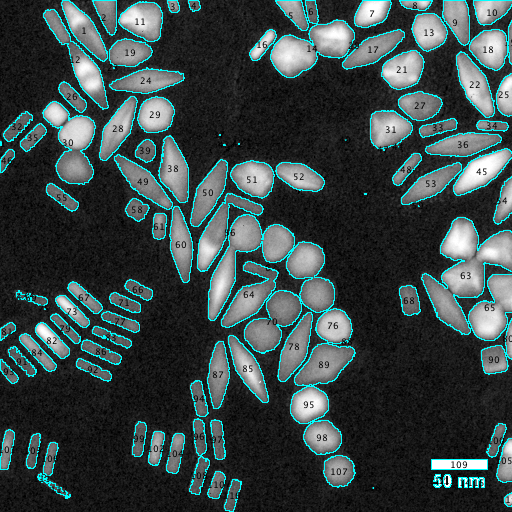
The development of nanotechnologies based nowdays on the assembly (spontaneous (self-assembly) or not) of building blocks that are nanoparticles. The goal is to take advantage of the intrinsic properties of nanoparticles such as their plasmonic capacities, high surface area or reactivity and of their assembly, to obtain new functional devices such as nanofiltration membranes or photonic crystals. In all cases, the first step is to control the synthesis of these objects in terms of quantity, size and distribution. This control cannot only be obtained by the conventional method of trials and errors. The IRAMIS laboratories has therefore developed a mechanistic analysis of the processes of nucleation and growth of these objects by coupling :
- ) controlled reactors (like microfluidics, or laser pyrolisis),
- ) soft chemistry (mainly ambiant temperature and in water)
- ) in situ analysis methods (light, SAXS, WAXS, XAS, SANS) and conventional/atomistic theoretical analysis, to study the synthesis kinetics with the adapted resolutions (in space and time) .
The potential impacts of these nanoparticles on the environment are also studied.
